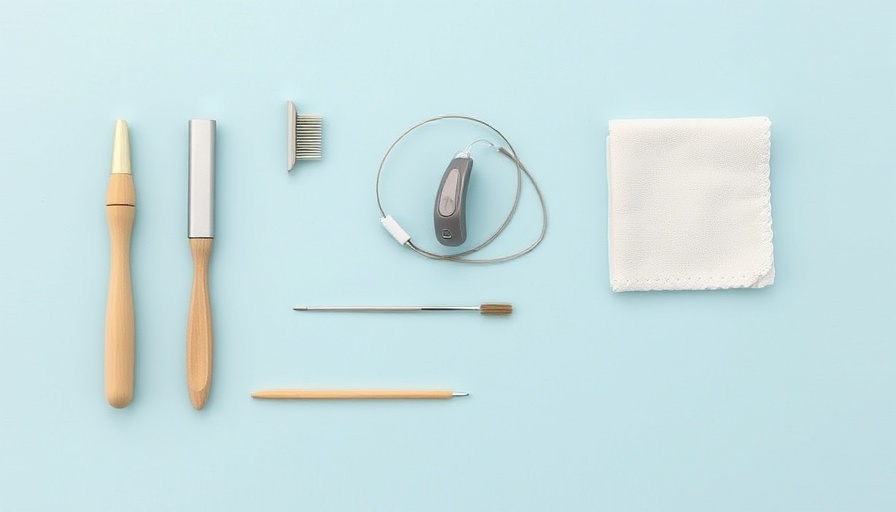
Protecting Your Investment: How to Make Your Hearing Aids Last
Hearing aids are essential tools for many people, giving them the gift of hearing. Yet, they can also represent a substantial financial investment, costing an average of $2,592 for prescription devices, as reported by Consumer Reports. Whether they are prescription or over-the-counter aids, these devices require proper care to ensure longevity and optimal performance.
Daily Cleaning: The Key to Longevity
Just like any electronic device, hearing aids must be kept clean to function well. Moisture and debris, primarily from earwax, can cause clogs and affect sound quality. Regular maintenance is crucial; audiologist Susan Anderson emphasizes that simply cleaning your devices every day can make a significant difference. Start by using a soft brush to remove visible dirt, and don’t forget to clear out the battery compartment too. Most audiologists provide cleaning kits that make this task easier.
Avoiding Moisture: Best Practices for Care
Hearing aids are sensitive to moisture. Activities like swimming or showering can damage them, so remember to remove your aids during these times. For those living in humid conditions, it's wise to invest in a dehumidifying container to help absorb any excess moisture when your hearing aids are not in use.
Scheduled Check-Ups: Don’t Skip the Audiologist
Routine visits to your audiologist are a vital part of hearing aid care. These check-ups aren't just about cleaning; they're also about assessing the performance of your devices and making necessary adjustments. Even small changes in sound quality can indicate a need for tuning, which your audiologist can address to maintain your hearing aids' effectiveness.
Your Hearing Health Matters
Taking the time to maintain and care for your hearing aids can go a long way. By following simple daily habits such as cleaning and moisture management, you can extend the life of these important devices. And don’t forget to consult with your audiologist regularly to keep your hearing aids fine-tuned. Ultimately, the steps you take today can lead to a clearer and richer sound experience for years to come.
Investing time in your hearing aids is investing in your overall health and well-being. For more tips on hearing health and products, consider exploring resources related to health and wellness.
 Add Row
Add Row  Add
Add 




Write A Comment